
How to Use TDA 2822M ic: Examples, Pinouts, and Specs
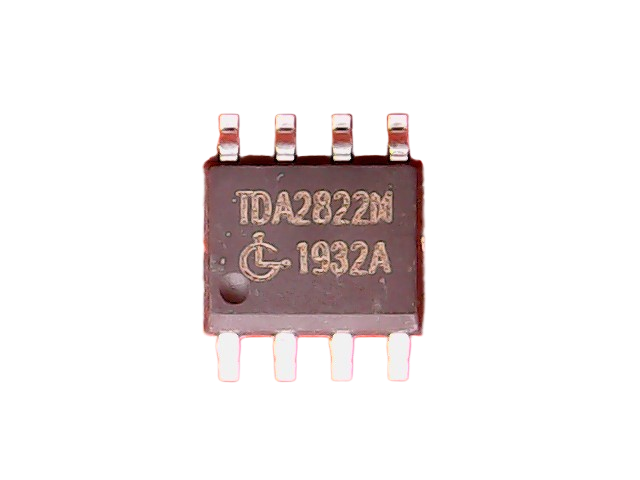
 Design with TDA 2822M ic in Cirkit Designer
Design with TDA 2822M ic in Cirkit DesignerIntroduction
The TDA 2822M is a dual audio power amplifier integrated circuit (IC) designed for low-power audio applications. It is capable of driving small speakers directly, making it ideal for use in portable audio devices, radios, intercoms, and small audio amplifiers. The IC is highly reliable, featuring built-in short-circuit protection and thermal shutdown to prevent damage during operation. Its compact design and low power consumption make it a popular choice for battery-powered devices.
Explore Projects Built with TDA 2822M ic
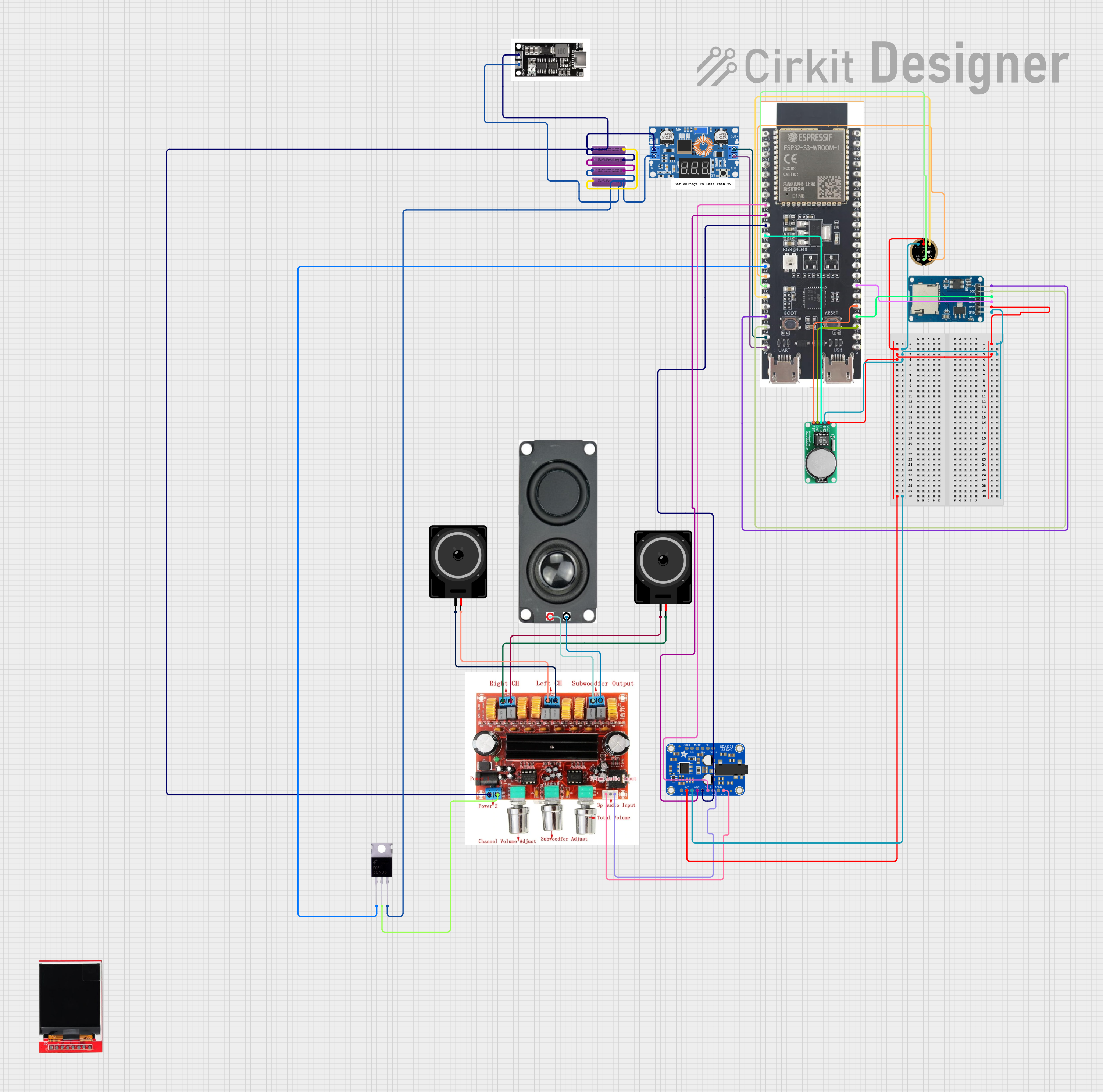
 Open Project in Cirkit Designer
Open Project in Cirkit Designer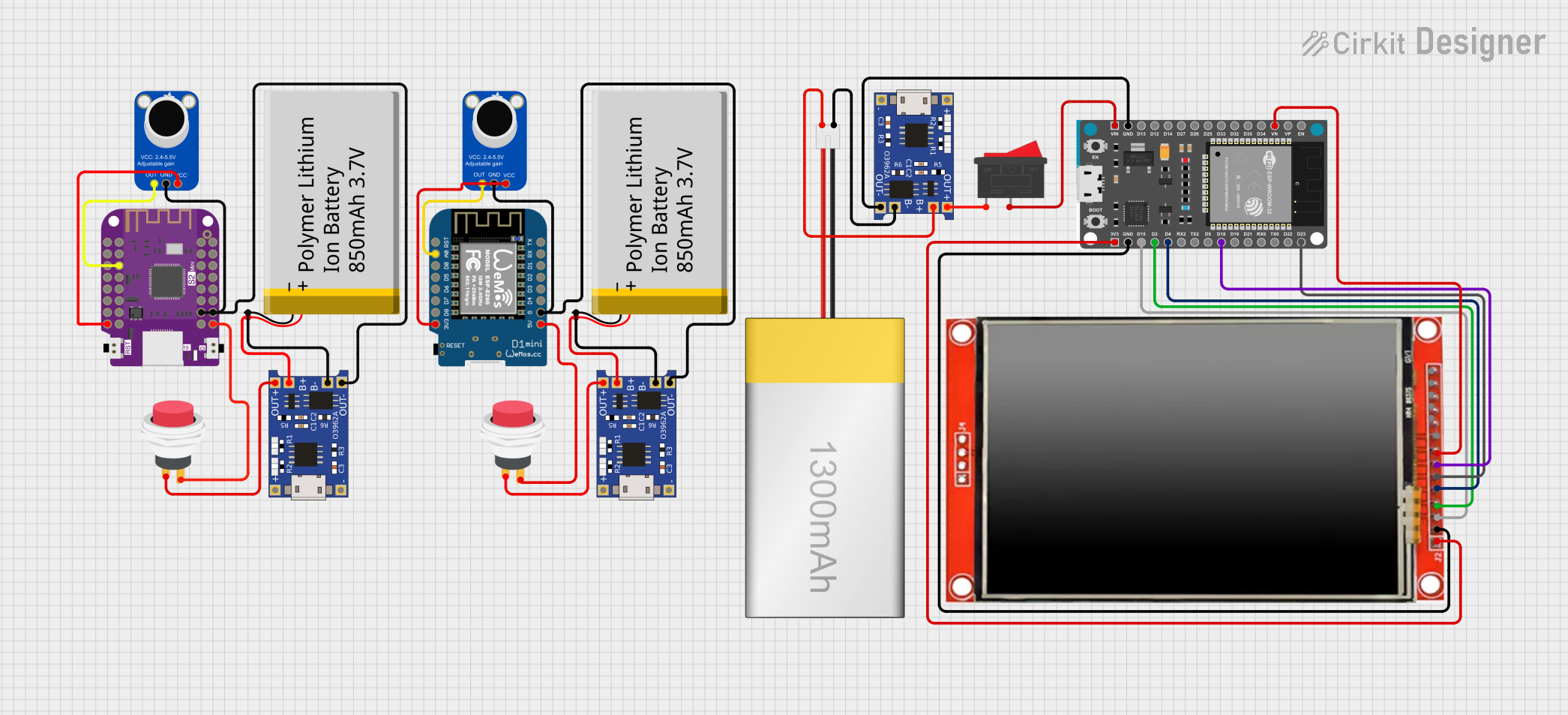
 Open Project in Cirkit Designer
Open Project in Cirkit Designer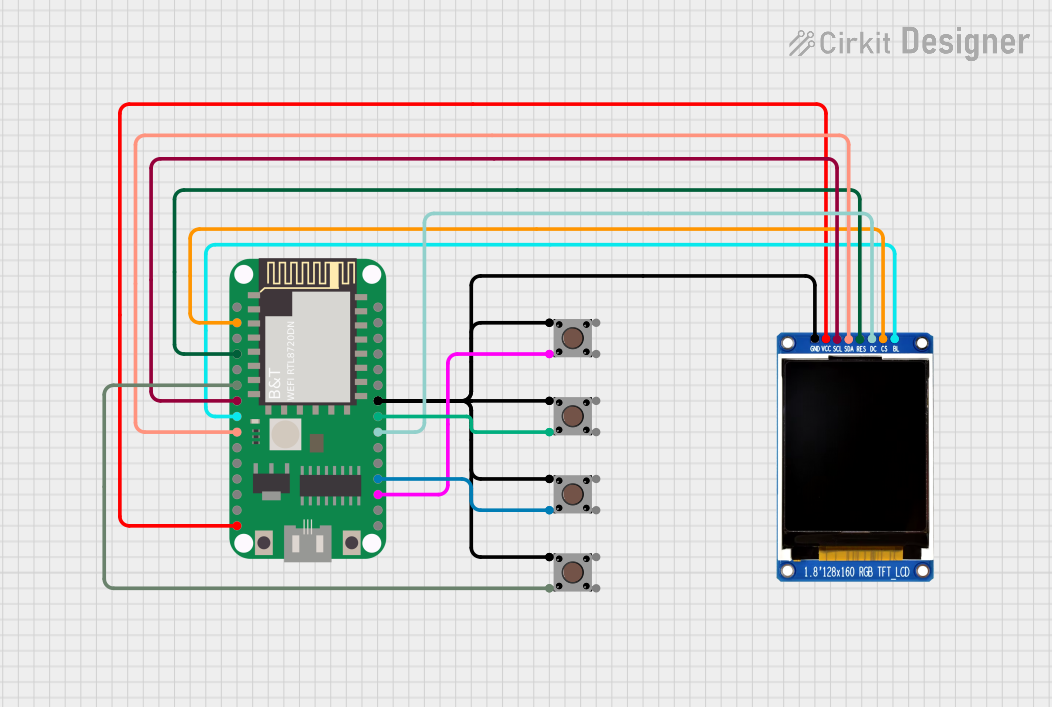
 Open Project in Cirkit Designer
Open Project in Cirkit Designer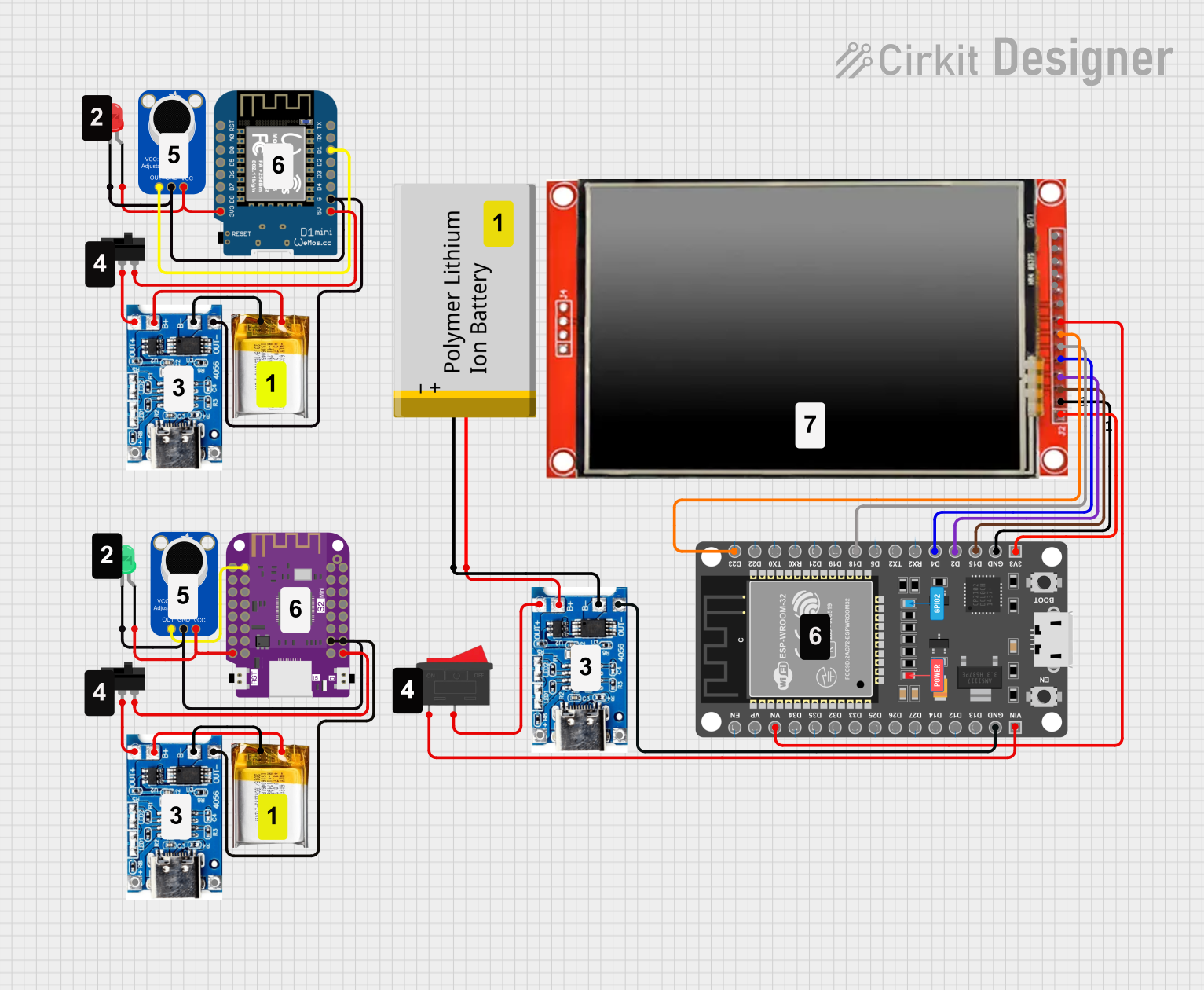
 Open Project in Cirkit Designer
Open Project in Cirkit DesignerExplore Projects Built with TDA 2822M ic

 Open Project in Cirkit Designer
Open Project in Cirkit Designer
 Open Project in Cirkit Designer
Open Project in Cirkit Designer
 Open Project in Cirkit Designer
Open Project in Cirkit Designer
 Open Project in Cirkit Designer
Open Project in Cirkit DesignerTechnical Specifications
The TDA 2822M is a versatile IC with the following key technical specifications:
| Parameter | Value |
|---|---|
| Supply Voltage (Vcc) | 1.8V to 15V |
| Output Power (Mono Mode) | 1.35W (at Vcc = 6V, RL = 4Ω) |
| Output Power (Stereo Mode) | 0.65W per channel (at Vcc = 6V, RL = 4Ω) |
| Quiescent Current | 6mA (typical) |
| Total Harmonic Distortion | 0.2% (at 1kHz, Pout = 250mW) |
| Gain | 39dB |
| Operating Temperature | -40°C to +85°C |
| Package Type | 8-pin DIP or SOP |
Pin Configuration and Descriptions
The TDA 2822M comes in an 8-pin package. Below is the pin configuration and description:
| Pin Number | Pin Name | Description |
|---|---|---|
| 1 | OUT1 | Output for Channel 1 (Left) |
| 2 | Vcc | Positive Power Supply |
| 3 | IN1 (-) | Inverting Input for Channel 1 |
| 4 | IN2 (-) | Inverting Input for Channel 2 |
| 5 | GND | Ground |
| 6 | IN2 (+) | Non-Inverting Input for Channel 2 |
| 7 | IN1 (+) | Non-Inverting Input for Channel 1 |
| 8 | OUT2 | Output for Channel 2 (Right) |
Usage Instructions
How to Use the TDA 2822M in a Circuit
The TDA 2822M can be used in either stereo or mono mode. Below are the steps to integrate it into a circuit:
- Power Supply: Connect the Vcc pin (Pin 2) to a DC power supply (1.8V to 15V) and the GND pin (Pin 5) to ground.
- Input Connections:
- For stereo mode, connect the audio input signals to IN1 (+) (Pin 7) and IN2 (+) (Pin 6). Use coupling capacitors (e.g., 0.1µF) to block DC components.
- For mono mode, bridge the two channels by connecting the inputs and outputs together.
- Output Connections:
- Connect OUT1 (Pin 1) and OUT2 (Pin 8) to the speakers. Use decoupling capacitors (e.g., 470µF) to filter out DC components.
- Bypass Capacitor: Place a bypass capacitor (e.g., 100µF) between Vcc and GND to stabilize the power supply.
- Heat Dissipation: Ensure proper ventilation or a heatsink if the IC operates at high power levels.
Example Circuit with Arduino UNO
The TDA 2822M can be used with an Arduino UNO to amplify audio signals. Below is an example of how to connect the IC to an Arduino:
Circuit Description:
- The Arduino generates an audio signal (e.g., PWM output) on a digital pin.
- The TDA 2822M amplifies the signal and drives a small speaker.
Arduino Code:
// Example code to generate a simple tone using Arduino UNO
// The tone will be amplified by the TDA 2822M IC
const int audioPin = 9; // PWM pin connected to TDA 2822M input
void setup() {
pinMode(audioPin, OUTPUT); // Set the audio pin as output
}
void loop() {
// Generate a 1kHz square wave tone
tone(audioPin, 1000); // Play a 1kHz tone on the audio pin
delay(1000); // Play the tone for 1 second
noTone(audioPin); // Stop the tone
delay(1000); // Wait for 1 second before repeating
}
Important Considerations and Best Practices
- Speaker Impedance: Use speakers with an impedance of 4Ω to 8Ω for optimal performance.
- Power Supply: Ensure the power supply voltage does not exceed 15V to avoid damaging the IC.
- Decoupling Capacitors: Always use decoupling capacitors on the input and output to prevent DC offset and noise.
- Thermal Management: Avoid overheating by operating within the recommended power limits and providing adequate ventilation.
Troubleshooting and FAQs
Common Issues and Solutions
No Output Sound:
- Check the power supply connections and ensure the voltage is within the specified range.
- Verify that the input signal is present and properly connected.
- Inspect the speaker connections for loose or incorrect wiring.
Distorted Audio:
- Ensure the input signal amplitude is not too high, as this can cause clipping.
- Check the speaker impedance; using a speaker with too low an impedance can overload the IC.
- Verify that the decoupling capacitors are correctly placed and of the appropriate value.
Overheating:
- Ensure the IC is not operating beyond its power limits.
- Provide proper ventilation or use a heatsink if necessary.
Humming or Noise:
- Use a bypass capacitor (e.g., 100µF) between Vcc and GND to filter power supply noise.
- Ensure proper grounding and avoid long, unshielded input wires.
FAQs
Q1: Can the TDA 2822M drive headphones?
A1: Yes, the TDA 2822M can drive headphones with an impedance of 32Ω or higher.
Q2: Can I use the TDA 2822M with a 9V battery?
A2: Yes, the IC can operate with a 9V battery as long as the total current draw does not exceed the battery's capacity.
Q3: What is the maximum output power of the TDA 2822M?
A3: The maximum output power is 1.35W in mono mode and 0.65W per channel in stereo mode, depending on the supply voltage and speaker impedance.
Q4: Is the TDA 2822M suitable for high-fidelity audio applications?
A4: The TDA 2822M is designed for low-power applications and may not provide the audio quality required for high-fidelity systems. It is best suited for portable and small-scale audio devices.